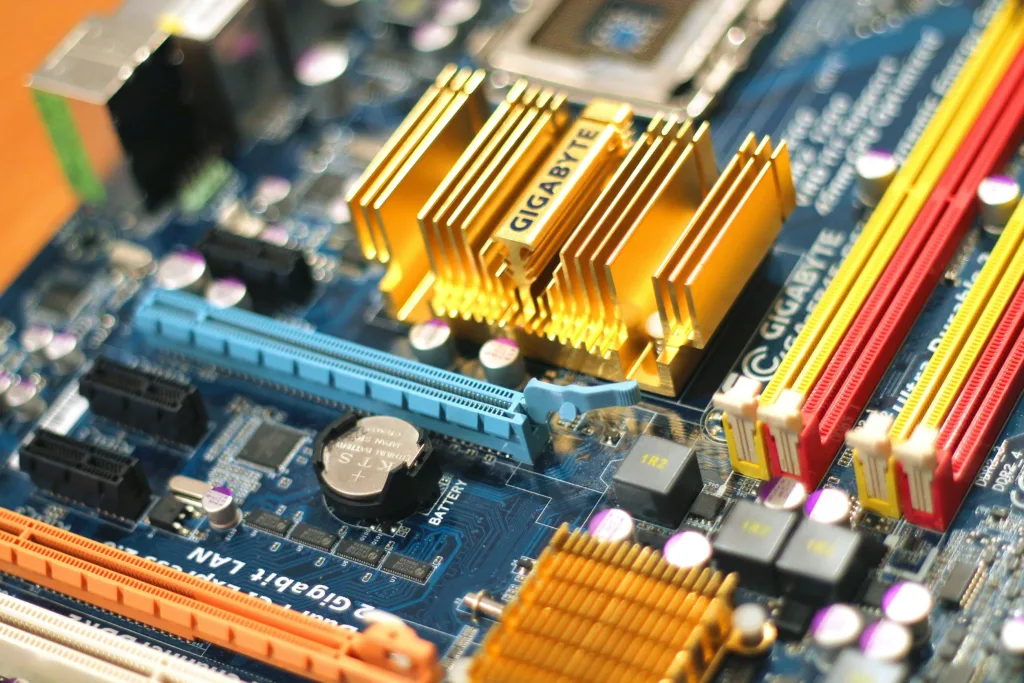- AMD unveiled the MI400 series, which would be built on the “Next” architecture and launch in 2026.

In an attempt to take on market leader Nvidia, Advanced Micro Devices introduced its newest AI processors on Monday along with a roadmap for developing AI chips over the next two years.
The MI325X accelerator was unveiled by AMD CEO Lisa Su at the Computex technology trade expo in Taipei. It is scheduled for release in the fourth quarter of 2024.
The drive to create generative AI applications has resulted in an enormous demand for the cutting-edge CPUs needed in AI data centers that can handle these intricate applications.
AMD has been fighting to challenge Nvidia, which now holds a commanding 80% market share in the lucrative AI chip sector.
AMD has now followed suit, with Nvidia having made it apparent to investors since last year that it intends to reduce its release cycle to once a year.
“We have really harnessed all of the development capability within the company to do that,” Su said to reporters. “AI is clearly our number one priority as a company.”
The reason behind this yearly cycle is that the market demands newer goods with newer features. We always have the most competitive portfolio because we have the next big thing every year.
AMD also unveiled the MI350 chip series, which will be built on a revolutionary chip architecture and should go on sale in 2025.
AMD stated that it anticipates the MI350 to perform 35 times better in inference—the process of calculating generative AI responses—than the MI300 family of AI chips already on the market.
AMD also unveiled the MI400 series, which will debut in 2026 and is built on the “Next” architecture.
The CEO of Nvidia, Jensen Huang, announced on Sunday that GPUs, CPUs, and networking chips would be a part of the company’s next-generation AI chip platform, dubbed Rubin, which is scheduled for release in 2026.
Investors have been pouring billions of dollars into Wall Street’s picks-and-shovels trade, and they have been looking to chip companies for longer-term updates in order to assess how long the soaring genAI rally will last—so far, no signs of a slowdown.
On Monday, Nvidia’s shares increased by more than 3%, while AMD’s were unchanged. Although AMD’s worth has more than doubled since the beginning of 2023, the increase is nothing compared to the more than seven-fold increase in Nvidia’s share price during the same time frame.
Chief analyst Bob O’Donnell of Technalysis Research stated, “While the proof will be in the pudding, there’s no doubt that AMD is taking Nvidia head-on and companies looking for alternatives to Nvidia are bound to be happy to hear what AMD had to say.”
AMD’s Su stated in April that the company has increased its original projection of $500 million to $4 billion in sales of AI processors by 2024.
AMD stated at Computex that the second half of 2024 will probably see the release of its most recent generation of central processor units.
Though the ratio is skewed in favor of GPUs, some of AMD’s CPUs are utilized in conjunction with graphics processing units (GPUs), even though corporations typically prioritize spending on AI chips in data centers.
The new neural processing units (NPUs) from AMD, which are intended to handle on-device AI tasks in AI PCs, have been described in full.
Chipmakers are counting on increased AI capabilities to propel PC market growth as it recovers from a prolonged downturn.
Devices with AMD’s AI PC chips will be released by PC manufacturers including HP and Lenovo. AMD claimed that their CPUs meet or surpass Microsoft’s Copilot+ PC specifications.







